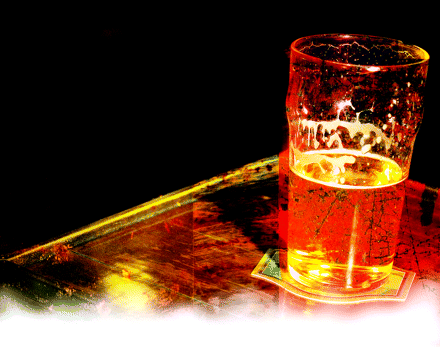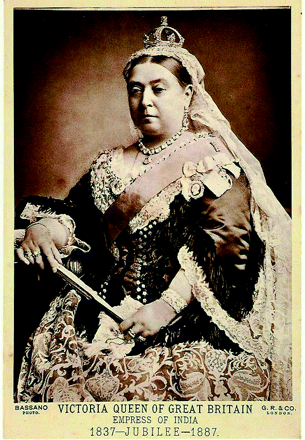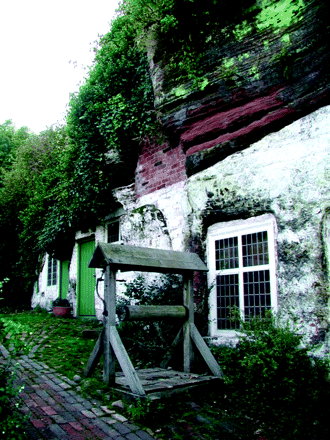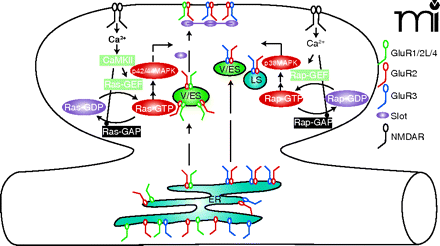Sites of interest on the World Wide Web—edited by David Roman
Reflections of Neuroscience and Society—On the Web

In this month’s MI, we feature a Reflections article by Scott Vrecko, a sociologist who focuses on the concept of “neuroscience and society.” He writes about the emergence of “folk neurology,” or the interpretation of neuroscience by lay people who may glean information from a variety of more popular sources. The impact of neuroscience on broad-ranging social issues and diseases such as alcoholism is now widely accessible through the Internet. Several Web sites provide insight into scientific research and treatment protocols, including the SAMHSA National Clearinghouse for Alcohol and Drug Information (http://ncadi.samhas.gov/govpubs/BKD268/28c.aspx) and Health Information for the Whole Family (http://familydoctor.org/130.xml), which deal with treating alcoholism with naltrexone, an opioid antagonist that acts to minimize the craving for alcohol by minimizing the reward response. For an interesting perspective on neuroscience from outside the arena of experimental biology, you can review a directory of scholars of the Social Studies of Neuroscience who work at the interface of biomedical science and sociology (http://www.lse.edu/collections/neuroscienceAndSocietyNetwork/people%20list%201.0.htm).
Well, it was cholera…”

The discovery, by Dr. John Snow, that cholera was carried by well water in Victorian England was one of the most life-saving epidemiologic findings of that era. A very thorough online resource for information about Dr. Snow is maintained by the UCLA Department of Epidemiology (http://www.ph.ucla.edu/epi/snow.html), providing an impressive array of biographical links, pictures, and historical perspectives on his discoveries. The Center for Spatially Integrated Social Science has an interesting site as well (http://www.csiss.org/classics/content/8), which shows the original London map that Dr. Snow sketched and used for mapping the extent of the cholera epidemic. For a little more lighthearted reading, The University of Michigan School of Public Health offers an interesting article about the John Snow Pub, located in the London building where he formed his theory about the epidemic—definitely a place to sample the ale and not the water (http://www.sph.umich.edu/epid/GSS/pub.html)!

Calcium and Protection

This month, Dr. Linda Friedman contributes a review article about the important role of calcium in neuroprotection and Friedman’s article focuses partly on the dichotomy of calcium, which is often thought of as part of the terminal stages of neuronal apoptosis, in which Ca2+ influxes through ionotropic glutamate receptors. However, a balance is struck between apotosis and neuronal survival, based on how well “glutamate can modulate Ca2+ influx via NMDA receptors.” A Medscape Today page (http://www.medscape.com/viewarticle/413203_2) provides additional reading material for those interested in the phenomena of apoptosis and neuroprotection, specifically in epilepsy. The Web site is on a less-technical level, but provides accessible background on some of the concepts explored in Dr. Friedman’s article.
Ion Channel Portal
A new Web site is emerging that should be of interest to all those interested in ion channels. Ion Channel Media (www.ionchannels.org) provides a portal for reports on relevant high-impact publications, as well as a news component and jobs postings related to ion channel studies. Perhaps most useful is the developing Ion Channel Database, which is still in a BETA form (http://www.ionchannels.org/database.php). This site aspires to include all information on ion channels discovered to date, organized by their gene ontology. Entries include domain information, genetic and amino acid sequences, as well as links to primary literature citations. Further advances of the database are planned to include user entries and metadata annotations in a freely available database.
- © American Society for Pharmacology and Experimental Theraputics 2006



